8 development banks commit to provide more than $175B to scale up support for sustainable transport
Green Car Congress
JUNE 21, 2012
Rapid motorization is creating more congestion, air pollution, traffic accidents and greenhouse gas emissions—especially in developing countries. Developing countries have the opportunity to leapfrog to a greener future of less motorization, shorter commutes, and more energy efficient transport systems.




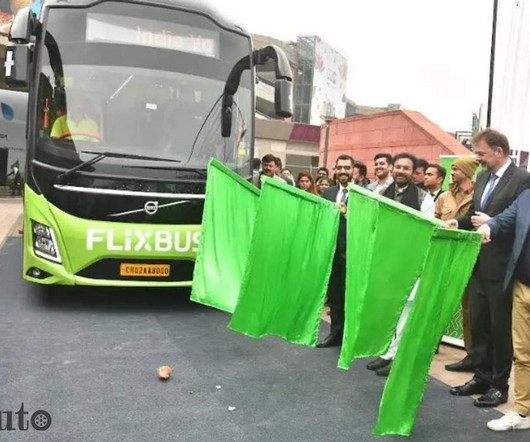
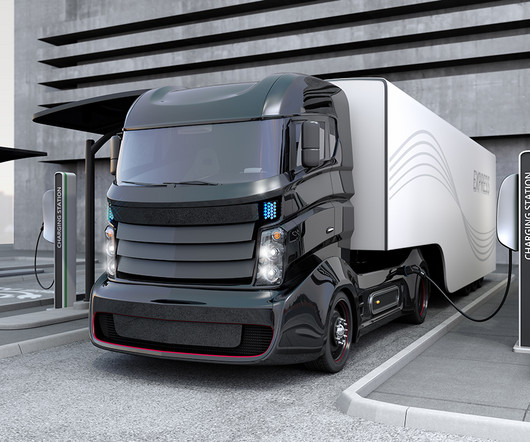

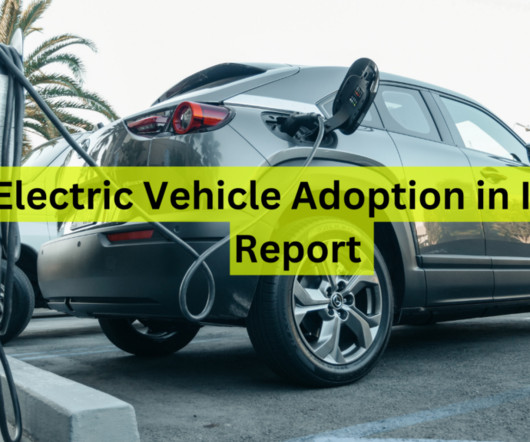



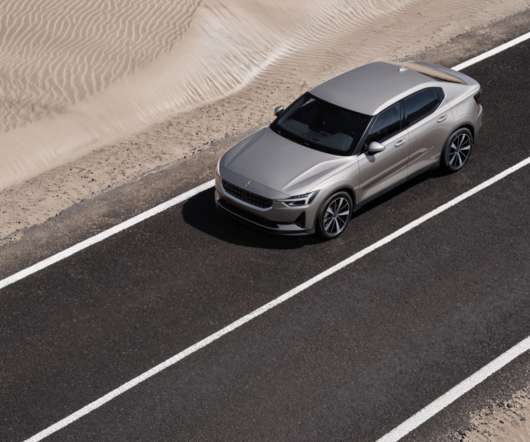

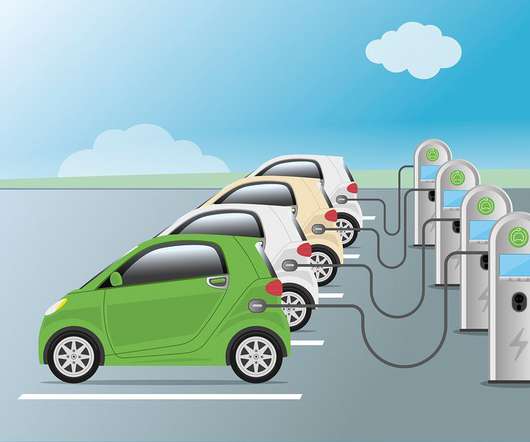






Let's personalize your content